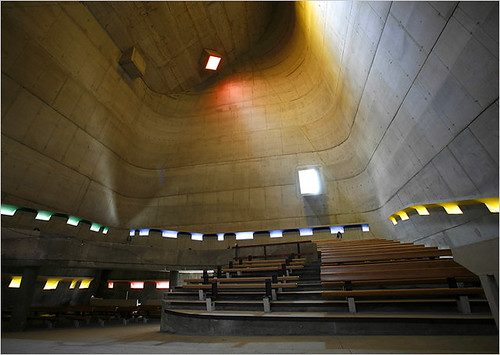 London Railway, originally uploaded by plemeljr
London Railway, originally uploaded by plemeljr
I know I slightly admonished David in my last post, but he makes a perfect insight about the difference between traditional architecture from traditional urban form:
Charles has also caused himself undue problems of intellectual substance by not separating traditional architecture from traditional urban form. They are two distinct matters and the issues are conflated to nobody’s benefit, least of all Prince Charles’ effectiveness. Too many react viscerally from the idea that London must be a classical city and yet many of those same people also favor walkable urbanism.
Had anyone of a number of people — Lord Rogers, the Prince, the Candy’s, the Qataris — had presence of mind to split the difference, there might have been no lawsuit. What I mean is that the essential problem to vast majority of people was that Lord Rogers’ plan was not so much as modernist building facade as modernist, suburban, street-separating urban form. Had Rogers been able to imagine a traditional Georgian neighborhood but using a modernist vocabulary of building elements — more glass, harder edges — he would have been able to create a traditional walkable urbanism using modern hard-edge style. Some say that would have been impossible but I suggest that it’s quite wrong. I’ve just been visiting the Olympic Village in Vancouver BC and it offers a fine example of how to real walkable urbanism with nary a Doric column in site. “Splitting the difference” could have allowed (and still could) to offer the architectural form which the Cnady’s and Lord Rogers seem to desire along with Prince Charles’ (and he is correct in substance) that Chelsea Barrack must fit into traditional walkable London.
I don’t think this is splitting the difference at all. You can be contemporary (or modern) in your buildings but follow traditional usage patterns and make a building which is truly relevant to our present and context; yet draw on hundreds of years of established urban understanding. Just look at Corbusier’s church in Firminy, which was built 40 years after his death.

photo by Ed Alcock for The New York Times